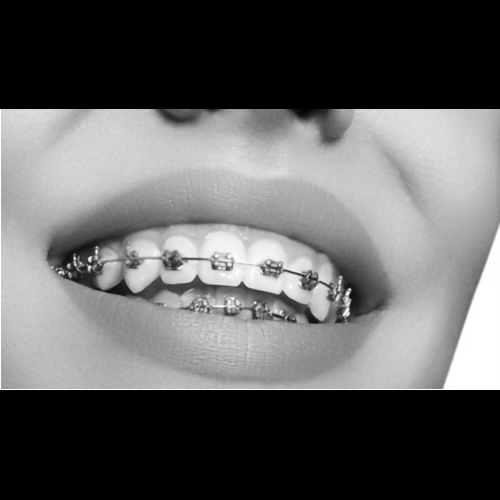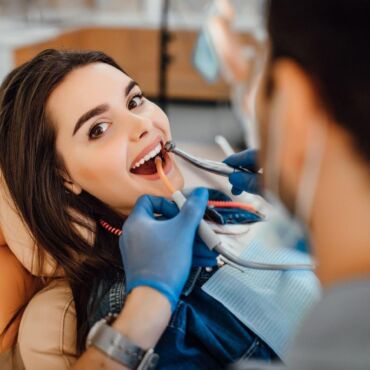Orthodontics – Braces and Clear Aligners
What is Orthodontics? What are Dental Braces? (Dental brackets)
They are utilized by dentists or orthodontic specialists for many reasons, most commonly the correction of malocclusion “Bad Bite”, crowding of teeth or spacing of teeth.
What is malocclusion?
Refers to the point when the teeth of the upper and lower jaws are poorly aligned with each other when biting down. For some patients, the problem may be esthetic or functional, meaning patient may feel like his/her teeth do not look esthetically pleasing or may have issues eating food.
Sometimes these malocclusions may be genetic (family traits) or acquired like tooth loss, tongue thrusting or thumb sucking.
What are the different types of orthodontic treatments (types of Braces)?
Stainless steel braces
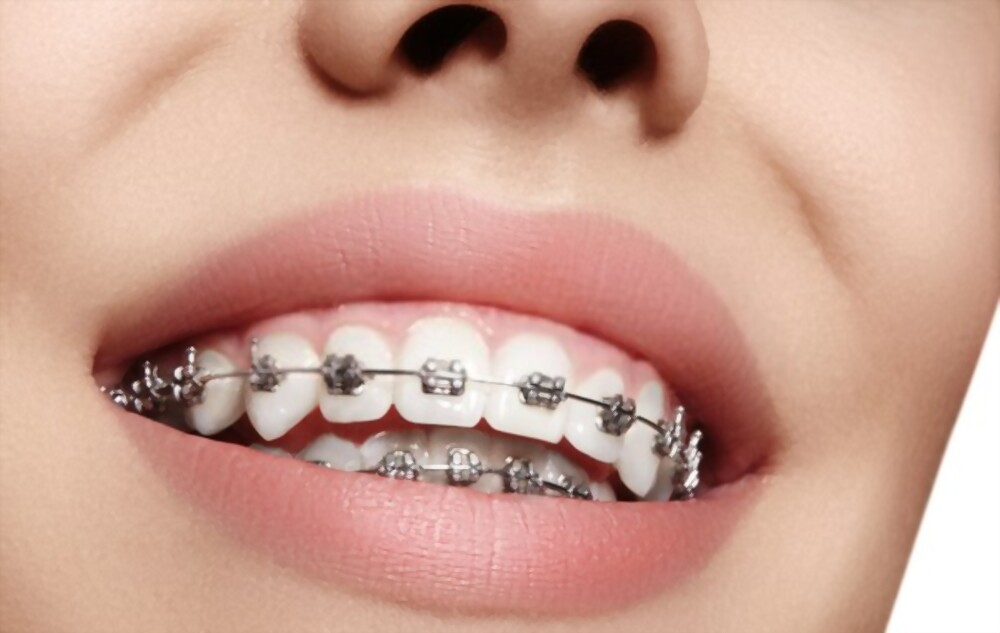

Ceramic braces
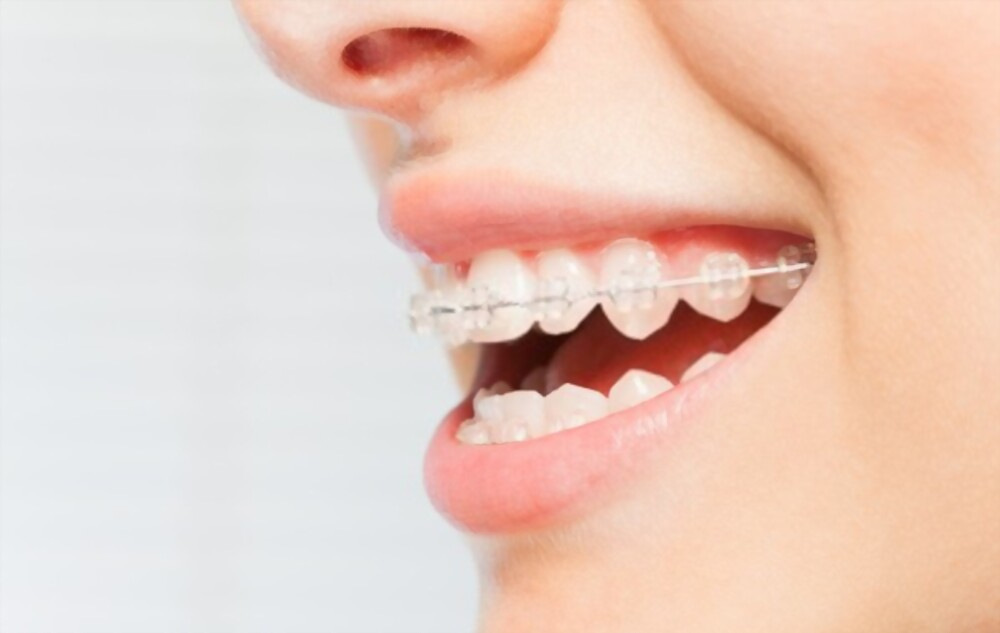

Clear aligners
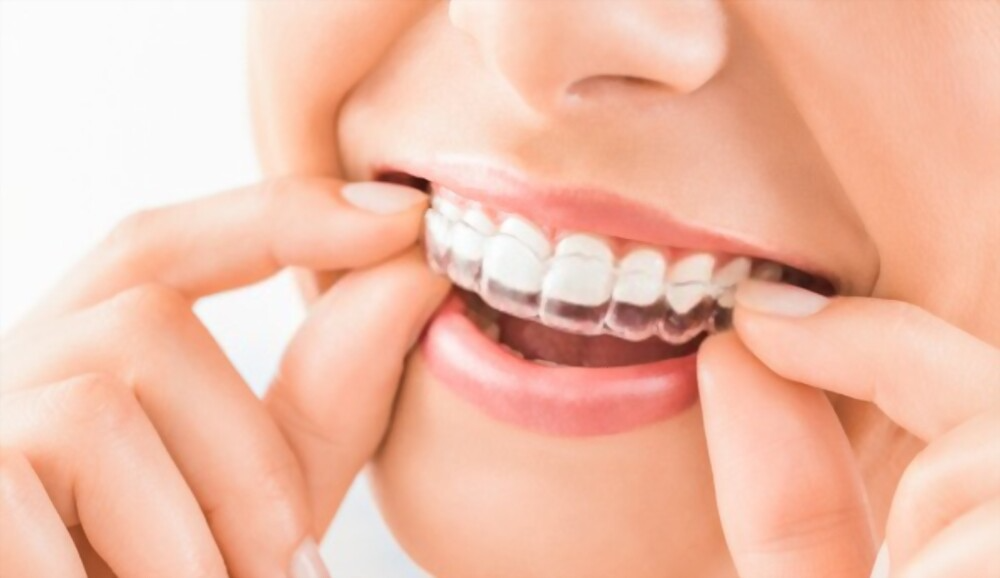

Lingual Braces
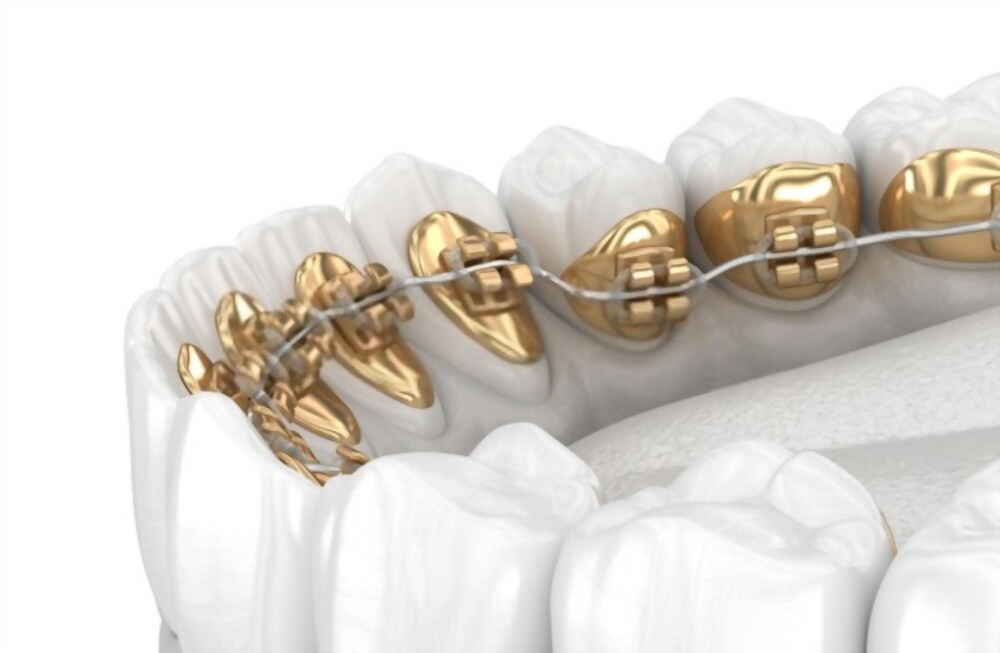

Self-Ligating Braces


Is there any difference between the different types of braces?
There are some differences between clear aligners and braces, however the difference between ceramic braces and stainless-steel braces remain only esthetic.
What are clear aligners? (e.g. Invisalign)
They are the most distinct due to the difference in type of attachment. Regular Stainless Steel or Ceramic brackets are put onto the teeth in a strategic position, however with Invisalign, it utilizes a different kind of attachment made of composite material, also placed strategically on the front or back side of specific teeth.
This type is in high demand as they are the most esthetically pleasing and could be removed at ay time, especially during social gatherings, eating or drinking. However, they tend to be more expensive and a large down payment is usually required as opposed to regular braces.
What are some things I need to do before braces?
You need to be seen by a general dentist first! Why? In order to assess the current oral hygiene and oral habits along with restoring any cavities that happen to be present. When braces are put in, they increase the risk for cavities and gingivitis.
When should my child see an Orthodontist?
one of the common mistakes regarding orthodontic treatment is waiting until all the children’s permanent teeth have erupted, however that may complicate the case further.
The orthodontist should follow up and assess the alignment of the teeth and jaw growth in early childhood. For the mentioned reason, the American Association of Orthodontist (AAO) recommends that all children should have a check up with an orthodontist specialist at the of 7 years old.
Could adults wear braces?
Orthodontic teeth movements are possible at any age, however, typically with adults there is a higher possibility of having missing teeth and unhealthy gingiva (gums). In adult cases, it is essential to consult a prosthodontist (Prosthetic specialist) and a Periodontist (gum specialist) before orthodontic treatment. Therefore providing treatment in multispecialty centers are essential similar to Al Bahri Dental & Orthodontic Center.
How often are the routine visits with an orthodontist after bonding of braces?
Approximately every month (4 weeks) to allow healthy movement of teeth at a steady pace and minimize any complications like root resorption.
How long do I have to wear my braces?
it is important to keep in mind that aligning of the teeth and the jaws does not happen overnight. The period of orthodontic treatment depends on many factors.
- Type of treatment (metal braces, ceramic braces and clear aligner),
- age of the patient (children get result faster than adults),
- severity of the case for eg. mild crowding can be fixed earlier than severe crowding which may need extraction of teeth,
- patient’s cooperation (regular monthly visits, utilizing the recommended elastics and maintaining proper oral hygiene)
What are the risks of braces?
- Decalcification and Cavities
- Soft tissue injuries from the brackets themselves.
- Shorter root lengths can happen with faster treatments.
- Loss of correction if the patient does not wear the retainers or follow instructions during treatment.
Conclusion:
The most important aspect with orthodontics is to make sure your teeth and gums are healthy before treatment, along with consultations with periodontists and prosthodontist for adult patients. Therefore, it is essential that treatment is done un a multi-specialty center in order to get all the consultation immediately chairside and that the different specialties communicate effectively, not only before treatment but also during and after treatment.
Written by:
Dr. Rami Albahri DDS, MMSc.
For consultations contact us:
Abu Dhabi – +971 2 575 1856
Al Ain – +971 3 7643273
Email: info@albahridental.com
Sources
- https://www.news-medical.net/health/What-are-Dental-Braces.aspx
- http://www.ada.org/sections/scienceAndResearch/pdfs/patient_74.pdf
- http://wireddentists.com/docs/General%20braces%20info.pdf
- www.betterhealth.vic.gov.au/…/Teeth_orthodontic.pdf
- http://waterside.s3.amazonaws.com/Ortho%20Dental%20Braces%20Care.pdf
Further Reading

